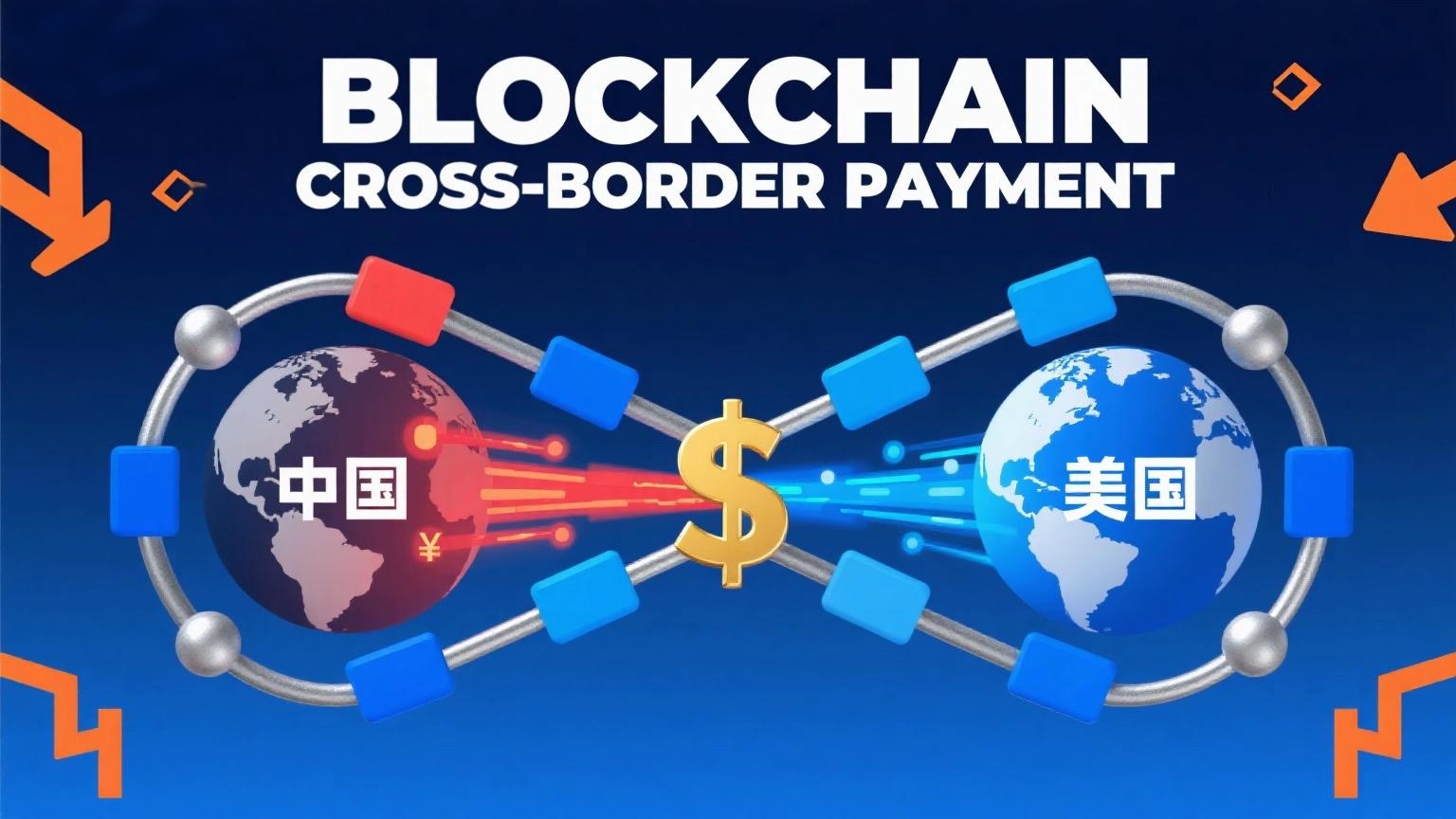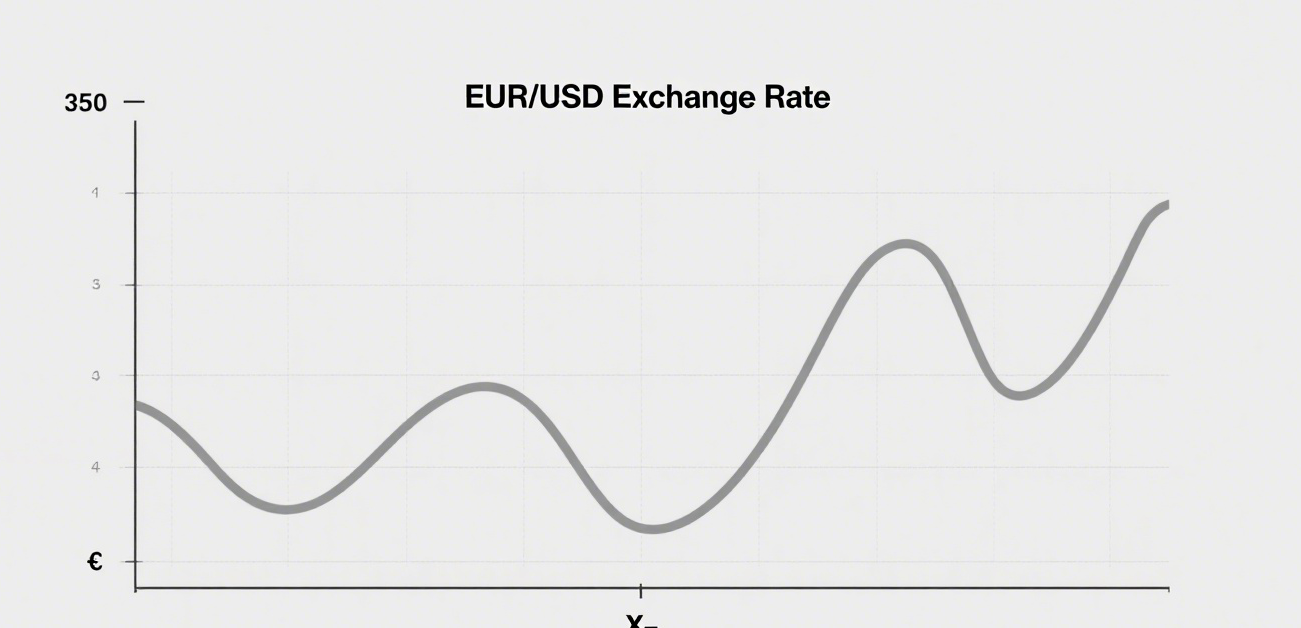
The so-called "blockchain + cross-border payments" refers to the application of blockchain technology in the field of cross-border payments. Cross-border payments + blockchain is a disruptive application scenario that could even reshape the existing international financial network. Why is this the case? The reason lies in the fact that blockchain technology can bypass the existing SWIFT system, completely solving the issue of fund settlement during cross-border transfers.
Below, we will explain this in detail.
When it comes to traditional cross-border transfer models, generally, we need to go to a bank counter, fill out relevant wire transfer forms, and then wait at least one to two weeks for the funds to complete the transfer. For large-scale trade transactions, this cycle can take even longer. The reason for this slowness is that during the transfer process, the funds must pass through an institution called "SWIFT," whose full name is the Society for Worldwide Interbank Financial Telecommunication. It primarily provides settlement services for banks worldwide.
When Bank A wants to transfer money to Bank C, the SWIFT process does not directly complete the transfer from A to C. Instead, it first matches interbank accounts based on user credit, account relationships, and other factors within SWIFT, then finds an optimal path to transfer the funds step by step. The entire path goes from Bank A to Bank B and then to Bank C.
Moreover, when the transfer amount is large, the funds need to be split into multiple smaller amounts, each transferred through different paths. Each portion of the funds undergoes the A-B-C process again, and every step of the way, each bank involved must undergo another centralized SWIFT system settlement. This results in the drawbacks of traditional cross-border transfers, such as cumbersome processes and long cycles.
However, when blockchain technology is applied to cross-border payments, it is entirely different. It essentially rebuilds a new decentralized transfer network, bypassing the SWIFT network. Based on the nature of blockchain networks, the data is transparent, traceable, and immutable.
Another fundamental difference between blockchain and the traditional SWIFT network in cross-border payments is that the SWIFT network is essentially about the transfer of cash, while blockchain is about the transfer of information. When using blockchain for cross-border transfers, the funds go directly from A to C. Even the slowest public blockchain in terms of processing efficiency can complete the transfer within an hour, with no significant transaction delays. Therefore, the application of blockchain in cross-border payments is truly groundbreaking.
Currently, blockchain + cross-border payments is a massive market worth $25 to $30 trillion. Financial giants like Ant Group and JPMorgan have already launched related products. It is believed that with the integration of cross-border payments and blockchain technology, the next financial blue ocean will emerge, ushering in a brand-new financial era.
















